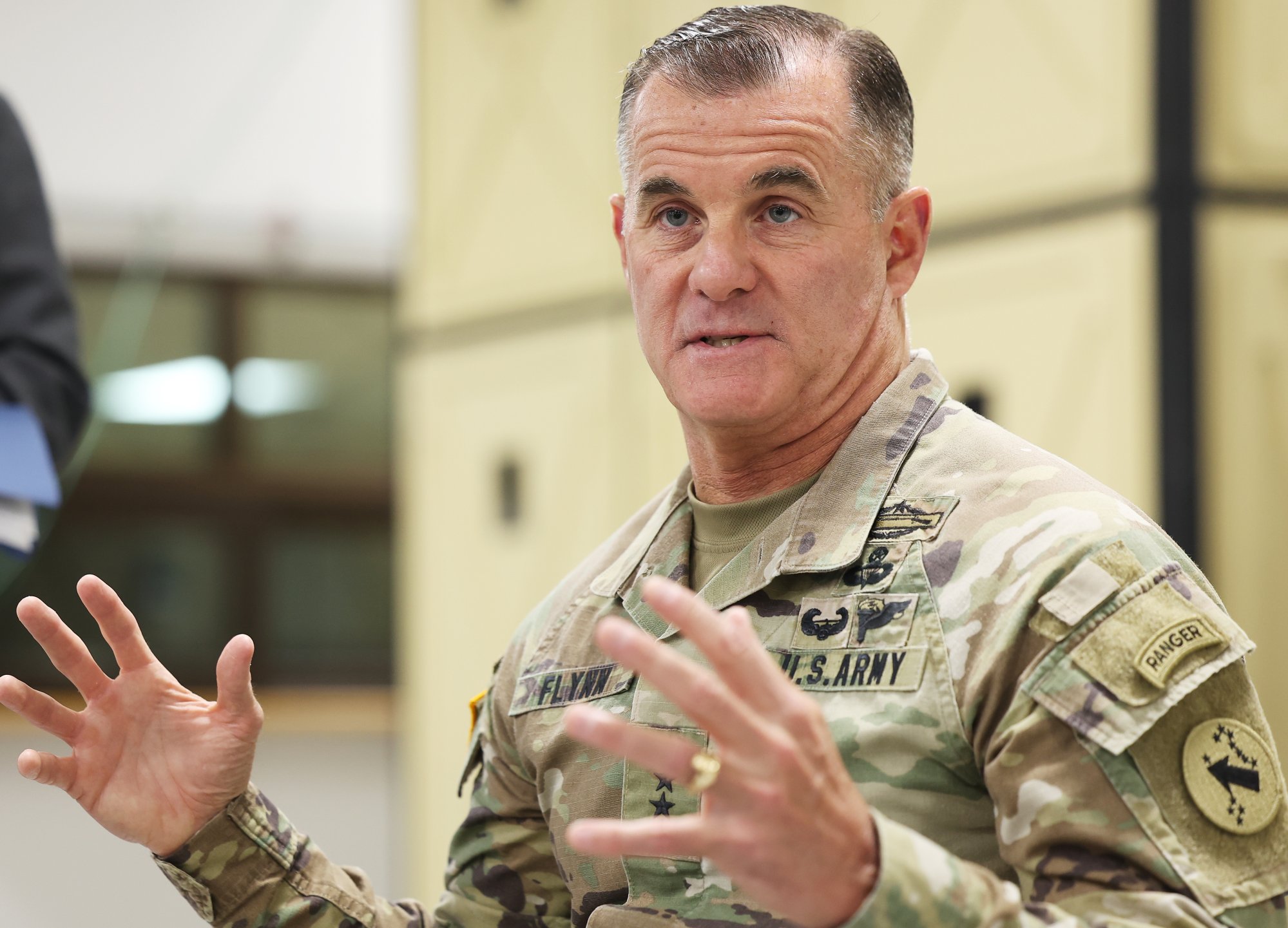Deploying the system to the Asia-Pacific is likely to be part of the testing and training process, an analyst told This Week in Asia. The first prototypes of the Typhon were delivered to the US Army in November 2022.
“There is limited data available about Typhon and I expect this is part of the ongoing development process, to get it in-theatre to see how it performs,” said Garren Mulloy, an international-relations professor at Japan’s Daito Bunka University and a specialist in military issues.
“New systems generally perform well on test ranges in deserts in the US, where they are not affected by the maritime climate, the high humidity of the Asia-Pacific region,” he pointed out. “The US army is going to want to see how it performs in more testing conditions and to start training the units that will operate it.”

Initial reports that the US was preparing to station its new mid-range capability launcher in the region first emerged in November last year, when General Charles Flynn, the US Army Pacific’s commanding general, said at the Halifax International Security Forum that two Typhon batteries had been completed.
“In 2024, we intend to deploy that system in the region,” he said.
Flynn reiterated that commitment in an interview with Japanese media in Tokyo on Wednesday last week, but did not reveal a timeline.
“In the past, Japan has been in line with the US to address ‘the North Korean threat’ because it’s easy to identify that threat,” he said.
“But the subtext here is that they are really talking about China,” he added. “North Korea is easy to identify as an enemy because it’s basically a James Bond-villain state, but the reality is that there is a much more complex and nuanced threat that is both military and economic coming from China.”
A Typhon unit consists of a mobile operations centre, up to four autonomous mobile launchers, reload trailers and a support vehicle. The launchers are designed to fire either the Standard Missile 6, which can target enemy aircraft or inbound missiles and function as a high-speed anti-shipping weapon, or the Tomahawk cruise missile.
Fearing China’s rise, Japan coughs up US$2.9 billion for long-range missiles
Fearing China’s rise, Japan coughs up US$2.9 billion for long-range missiles
“Deployment might be tricky in terms of arms control treaties that have been signed,” he said. “There are various Cold War treaties that cover the deployment of missile systems and while some have lapsed or been effectively abandoned, there are some who will argue that bringing Typhon into the Asia-Pacific region will be in breach of a treaty.”

